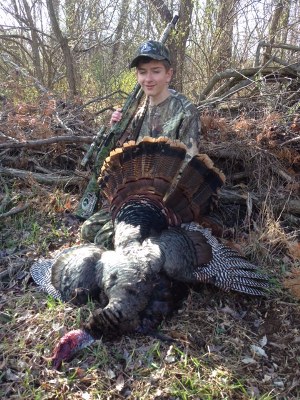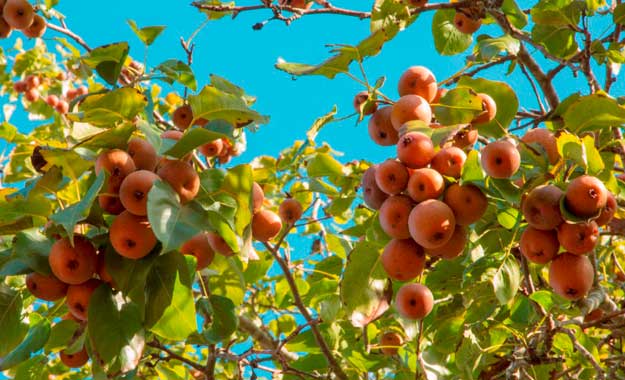 I’m often asked, “What do you do after opening morning or any time during turkey season when another turkey hunter sees your truck and realizes where you’re hunting?” I’m not really concerned if another hunter spots my truck. Most turkey hunters – probably 90% - when they see another turkey hunter parked at a certain spot on public lands, will go to another place and hunt.
I’m often asked, “What do you do after opening morning or any time during turkey season when another turkey hunter sees your truck and realizes where you’re hunting?” I’m not really concerned if another hunter spots my truck. Most turkey hunters – probably 90% - when they see another turkey hunter parked at a certain spot on public lands, will go to another place and hunt.
Another reason that I usually can protect my spot is that the hunters who park where I park won’t know how far I’ve gone into the woods before I start hunting. They won’t know how many mountains I’ve gone over before I start calling, and whether I’ve gone to the left or to the right after reaching the spot I plan to hunt. Most people won’t try and call to a turkey, if they know someone else is trying to call that turkey, but it does happen every once in a while. My general rule of thumb is that I try and park further away from a turkey I’m planning to call than most hunters are willing to walk. Another factor is, gobblers enter the breeding season at different times. So, even though you may know the home range of a tom, he may not gobble on the morning you want to hunt him. However, you may find another turkey to hunt that will gobble just about every time you call to him.
A secret of stalking a public-land gobbler is to attempt to get close to the turkey that responds the most to your calling on the day you’re hunting. I once found a turkey in Maryland that was on the top of one of the steepest mountains in that state. I’d just had a hernia operation 2 weeks before. My doctor and my wife both told me not to go after that turkey the morning I was planning to hunt him, but I decided to go anyway. I had to walk 3 miles to reach the top of that mountain. Some places were so steep I had to lean forward into the mountain just to stand up. I finally got to the top of the mountain where I knew the turkey lived and waited for that turkey to start gobbling, so I could call to him. On that morning, another tom began gobbling at the foot of the mountain. This bird was so fired up that he gobbled at every crow that cawed, every rooster that crowed and every noise you heard in the woods that would make a turkey gobble. So, I had to climb back down the mountain. As soon as I got to the foot of the mountain and got set-up, I called, and that tom gobbled. Within 15 to 25 minutes after I made my first call, that turkey was dead.
I work with a nonprofit organization called Heartwood Outdoors. The goal and objective of the organization is to encourage people who are less fortunate than us that maybe haven’t been given the opportunity or time to go hunting and to take these individuals turkey hunting. We take young boys whose mothers are divorced and who may need a man’s influence in their lives, turkey hunting. We also take individuals who are terminally ill and those who are distressed in their lives turkey hunting. People write us letters and tell us why they want to go turkey hunting with us, so we’ll plan a time and a day to take those people hunting.
Last year I guided 12 individuals to hunts. Two other fellows will take other people hunting, but they usually prefer to stay in camp and prepare the food. Even if we don’t take a turkey, we try to insure that these people have a good time and enjoy being outdoors. We really work hard scouting and keeping up with the turkeys. So far, we’ve had 80 to 85% of our hunters take turkeys, and 90% of the lands we hunt are public lands. We have two other farms that we can hunt, and on one of those farms, the landowner only allows us to take terminally ill patients.
Day 4: Hunting the 1,000 Yard Toms






























